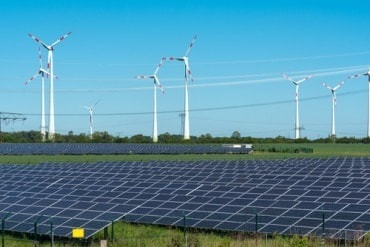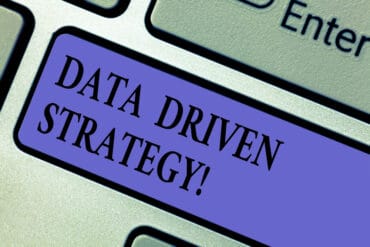
Organizations need to include sustainability and environmental impact in their business transformation planning. Fortunately, the tools and technology needed to do so are readily available.
The early days of business transformation focused on how companies used technology to improve efficiencies and develop new customer experiences. Today, we are operating in a world where sustainability and environmental impact are also driving a new kind of business transformation.
Companies understand they need to be more aware of the impact of their inefficiencies on both their operations and the environment. But being mindful isn’t enough. They also need real-time visibility into events that occur across their digital and physical environments, coupled with the ability to immediately respond to avoid the potentially long-lasting and devastating impact of a negative situation on the environment or their own business continuity. From better managing of operational processes, resources, and materials and more effectively tracking and monitoring carbon emissions to preventing and mitigating accidents before they cause substantial damage, the ability to see when problems arise and respond to critical events immediately, is a business imperative.
In order to successfully transition to this new level of real-time awareness and responsiveness, organizations need to take a new approach, leveraging agile development technology that connects the digital and physical worlds surrounding them.
See also: The World Begins to Double Down on Digital Twins
IoT in support of sustainability
The world is moving rapidly beyond Internet connectivity toward a ‘smart,’ hyperconnected world – all enabled by the Internet of Things (IoT). In fact, IoT is one of the largest enablers of digital transformation, with industrial IoT poised to add $14 trillion of economic value to the global economy by 2030.
IoT-enabled devices such as sensors, monitors, and cameras not only communicate but also drive intelligence and interact with each other – from device to device, from the edge to the cloud, and to every endpoint across an organization’s environment. For example, linking these decentralized devices with energy sources (e.g., solar panels and microgrids) and building smart business applications that ingest and react to data and intelligence enables utility companies to better optimize conventional, mission-critical power sources. IoT-enabled applications can also have a positive impact on other industries by improving business connectivity, reducing energy waste, and enabling the collection of data that can then be analyzed to optimize business processes and products.
See also: Smart Building Deployments to Triple by 2026
Edge computing for a sustainable future
Data centers are responsible for significant amounts of energy consumption, using 10 to 50 times the energy per floor space of a typical commercial office building. The rise of edge computing is helping lessen organizations’ data processing carbon footprints.
By moving real-time data and intelligence to the most relevant processing location in a highly distributed environment – at the edge – organizations can do more than just reduce power consumption and CO2 emissions. They can also leverage ultra-low latency decision-making and business actions to bring new levels of intelligence to the enterprise. This will benefit both the bottom line and the environment as they improve safety, efficiency, and sustainability.
Low code and the road to sustainability
Now more than ever, it is essential for organizations to develop new systems and applications that help them better understand and act in the physical world – for their own benefit and that of the planet. The software needed to enable this level of business transformation must be able to be developed and deployed quickly, easy to maintain, and flexible enough to scale and adapt to changes.
Low-code development tools are the key to closing the gap between the initial concept and the successful deployment of real-time products and systems. They streamline the development, implementation, and production of these systems, enabling the seamless connection of all systems, data and intelligence, and humans to deliver new levels of awareness, efficiencies, safety, and sustainability.
A growing number of organizations are waking up to the need to include sustainability and environmental impact in their business transformation planning. And it’s exciting that the tools and technology needed to do so are now readily available, fast to deploy, and already solving real problems in the field today.





























